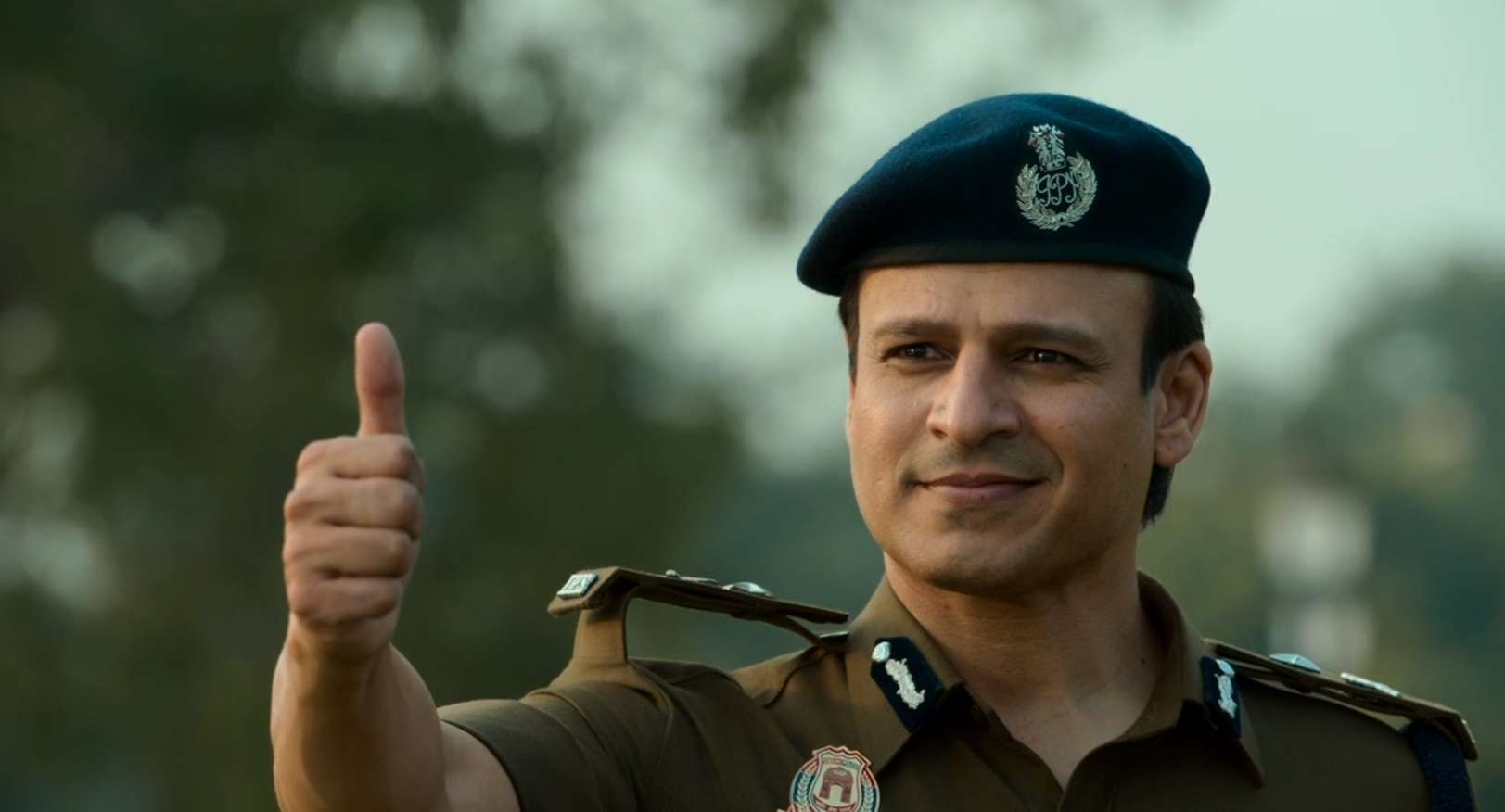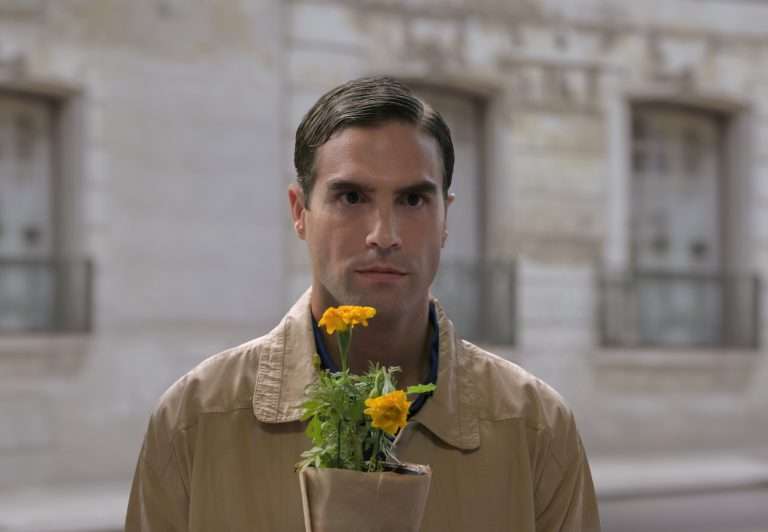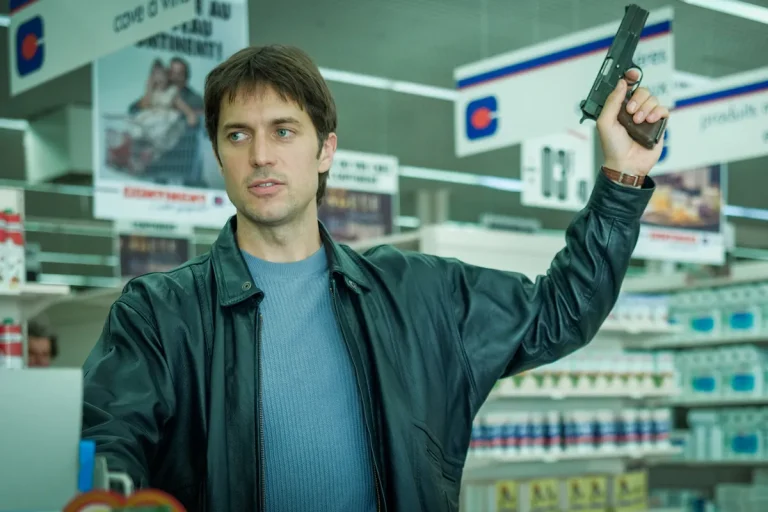If Bollywood has one “true-blue” masala filmmaker that they could currently advertise in their arsenal, it is the proclaimed modern-day successor of Manmohan Desai, the progenitor of the “Cop Universe,” Rohit Shetty. It’s debatable whether those credentials ever completely point to the quality of the films in his oeuvre, but the Shetty fandom, which would comprise almost all the lovers of commercial action films and comedies, would suggest leaving logic and basic knowledge of physics outside the theater. Those are interstitial elements, taking a backseat to Shetty’s obsession and fetishization with heroism, blowing up vehicles of the four-wheeler drive variety, and for this current cop universe, the cops themselves.
When the capital of the nation was rocked by multiple explosions on the Delhi Police Raising Day, the Delhi Police Force, led by Kabir Malik (Siddharth Malhotra) and his senior Vikram Bakshi (Vivek Oberoi) and later joined by the ATS chief of Gujrat, Tara Shetty (Shilpa Shetty), had to get on the case. The show builds on its narrative in traditional Shetty fashion, with quick cuts, lots of entry shots, and heroic cops bending the rules when necessary, like pushing a bomb-laden car with the help of a police Hummer towards an empty warehouse that used to contain medical waste. The scene ends with the warehouse exploding and the Hummer skidding to a stop, with Malhotra opening the door of the Hummer and walking out, Singham style. It’s like poetry; it rhymes.
Or else, it would have if this were broadcast on a large theater screen. With surround sound blasting from the speakers, proclaiming “Jai Hind” at every second of the elevation and opening shots, the thunderous applause of the audience on the single screen underscores every moment when Shetty chooses to focus on the scale or the action set pieces. In the interviews that were conducted before the release of “Indian Police Force,” the focus was on the design of the set pieces by Shetty or Shetty’s love of entry shots and elevation. What is fascinating is what hasn’t been asked—the characters. It is understandable that to maintain the sanctity of the viewing experience, one shouldn’t divulge too much, but not talking about it at all should be a pretty big warning sign in neon.
In those big-screen event films of Shetty, the story might not be essential, or perhaps the characters needn’t be beyond the archetypal definition mixed with the actors’ screen presence and charisma. “Indian Police Force” is long-form content, and even as the budget increases to bring about the “mass experience” to the OTT space, it doesn’t take away from the fundamental factor here. The OTT space allows for a deeper exploration of characters. The story is surprising in how much it allows itself to jump forward in time but doesn’t sufficiently explore the effects of the characters after these time jumps.
It would be completely wrong to suggest that the “Indian Police Force” doesn’t allow itself the leeway to do that. The fundamental protagonist-antagonist relationship in the “Indian Police Force” is between the chief perpetrators of the blasts, Zarar/Haider (Mayyank Tandon) and Kabir. It’s the good Muslim vs. bad Muslim question, but now the good Muslim is also center stage (perhaps compensating for the similar plot thread and laughable execution in “Sooryavanshi”). In the hands of a better director, with perhaps a better handle on the material, this could be a fascinating kernel to explore. It gives the backstory of Haider, with a love life of his own and yet a cold dismissal and determination towards his job that again would have been fascinating. But the story and Shetty don’t have time for that, ironically, for a show running seven episodes of 34 to 47 minutes in length.

Because this is Rohit Shetty and his brand of filmmaking, we are left to his pan-Indian trotting methodology of storytelling—from Delhi to Jaipur to Goa and even touching base at the final episode in Bangladesh. There is Shetty’s traditional use of long takes, or him following the camera closely with the protagonist as they mow down their opponents, speed ramps complementing the camera’s following from one perspective to the next. Of course, there is also Shetty’s new obsession with drone shots when crafting establishing shots. And there is the action choreography, which, contrary to most action films, is actually noticeable.
But the fight choreography suddenly punctured by bright lights in some sequences, or the drone sequences following a man being thrown overboard produces a rather disorienting effect. Shetty, however, is always very good at crafting shootout sequences, with a clear sense of tracking each character and their movement as the overall set piece reaches the inevitable breaking point, leading to a chase.
But even within the Rohit Shetty brand of filmmaking, there is a sense of discombobulation. The CGI is extremely dated, and the explosions, which are the highlights of these movies of visceral catharsis, have a greenish tint and an overall artifice to them, which becomes even more noticeable because this is a series released for an audience used to watching on a laptop or a mobile phone, with the eye far more discerning of the flaws than one would have in a theatrical experience with a high dopamine rush and the crunching of popcorn.
There is an objectively great piece of editing that heightens the tension between the Maitree train entering the Dhaka station and the car containing the cops reaching the station to apprehend the terrorist. But because the CGI of the train, as well as the CGI of the wheelbase of the car, is clearly noticeable and not rendered very well, it immediately takes you out of a story that might not have had your full attention in the first place.
And even with all these flaws, “Indian Police Force” would be passable if the performances had been decent. Siddharth Malhotra barely registers a presence as a determined cop with any sort of physicality. Shilpa Shetty has exerted effort in her action set pieces, and she looks good sauntering in with swagger, but there are never any moments where you buy into her character or her chemistry with Malhotra and Oberoi. Oberoi, on the other hand, brings a sort of old-school charm and even shades of menace that hearken back to the Oberoi of old.
The clear winner of this show in terms of performance is Tandon as Zarar, who brings dimensions to the limited boundaries of the role given to him, and Sharad Kelkar in what could only be described as a special appearance. Kelkar has charisma and aura to spare, bringing a legitimate screen presence to the story and definitely being a ray of hope for the second season that is being set up.
Because, of course, there is going to be a second season. It is an Indian web series at the end of the day. There cannot be a closed loop in storytelling; a thin pinprick of possibility must be kept open. And if Season 2 does drop a couple of years later, it will be enjoyed as it is imbibed this time around—as white noise. It will be enjoyed as big-screen entertainment that would run in the background, with Amar Mohile’s loud blaring background score reminding you of an elevation, an entry scene, or an action set-piece while the rest of the story continues in predictable beats.
It will have the editing of an early 2000s potboiler, with the flat lighting resembling cinematography and that traditional yellow filter applied over the sequences of Bangladesh. There is an indescribable sadness searing in the soul upon watching essentially empty calories for over 3.5 hours, and you can only be relieved that the show is short, and it will be forgotten as soon as you close the screen. The volatility of this empty catharsis has never been more welcome.





![Kill Me If You Dare Netflix [2019] Review: A rom-com that closely follows the blueprint](https://79468c92.delivery.rocketcdn.me/wp-content/uploads/2019/09/Kill-Me-If-you-Dare-Netflix-768x432.jpg)

![Wild Men [2021] Review: Humour at the Time of Mid-life Crisis](https://79468c92.delivery.rocketcdn.me/wp-content/uploads/2022/06/Wild-men-2021-768x433.jpeg)

